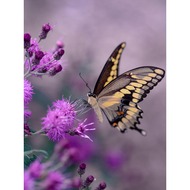Distance Learning High School Science - Patterns Sequence
(View Complete Item Description)Welcome! In light of the COVID 19 pandemic and school closures, Portland Metro STEM Partnership has worked with thier partnering districts to create and curate distance learning resources for students.The following resources were developed by district science TOSA teams and the Portland Metro STEM Partnership (PMSP) Physics, Chemistry, and Biology Councils. These Councils represent curriculum development leads and master HS teachers from Beaverton, Hillsboro, and Portland Public. Thank you, district science leaders and PMSP Content Council leaders, for developing this set of distance learning resources for high school students!
Material Type: Activity/Lab, Lesson Plan




















